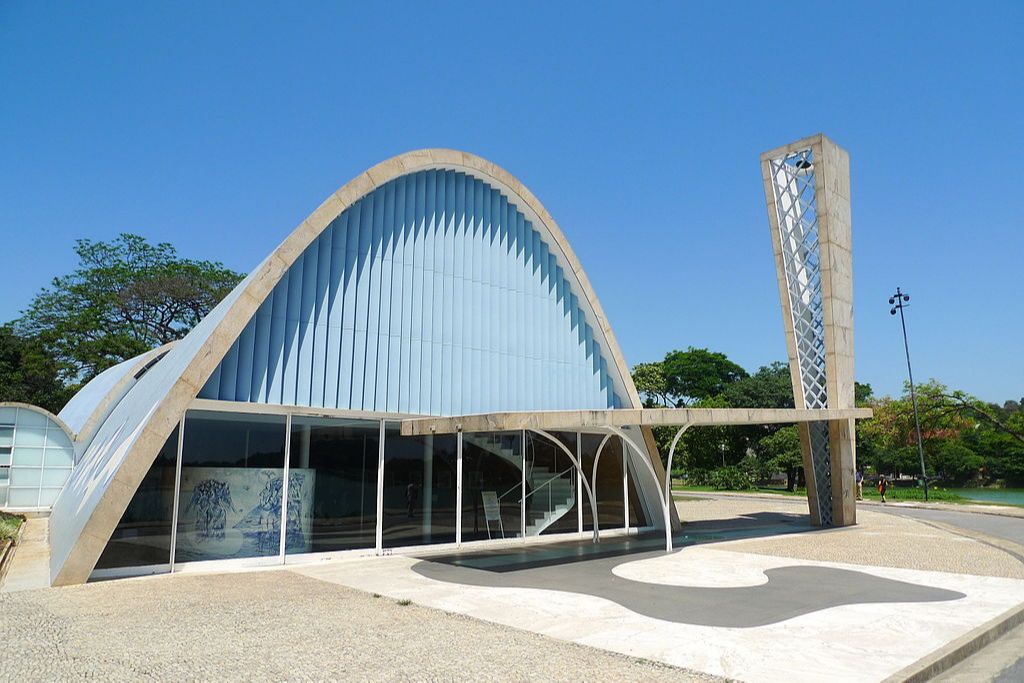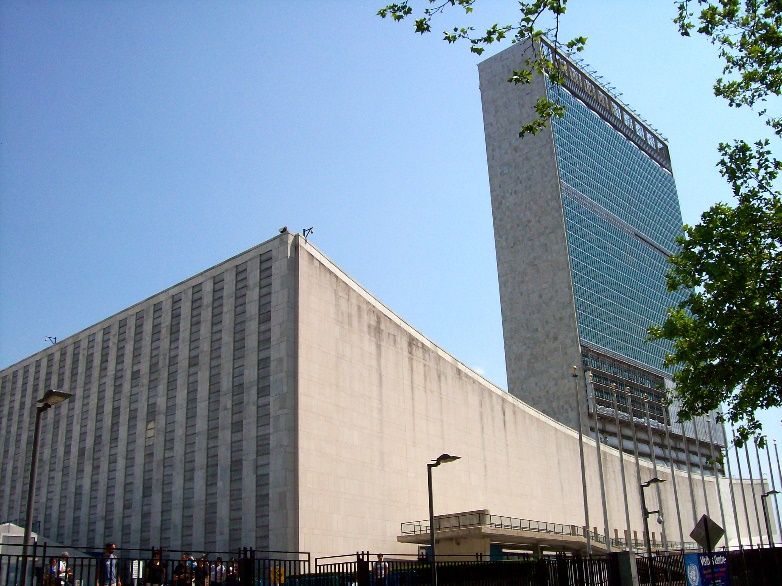
Article posted by
Gracious curves, abstract forms and free-flowing designs, are signatures of Brazilian architect, Oscar Niemeyer. His distinct style expressed his modernist vision, which helped give Brazil a unique visual voice. His appreciation for white facades and stark curves are most evident from his designs of Brasilia’s architecture. The curves in his buildings were inspired by his love of the female form. You can see his work all across Brazil, but also in many parts of the world and today, we shed light on his legacy.
Neimeyer was born in Rio de Janeiro, in 1907, and he grew up in a wealthy family. He had a natural talent for the visual arts, and after working for his father’s typography firm for a short period, he attended the National School of Fine Arts to pursue his passion for architecture.
Shortly before graduating in 1934, he started working in the studio of influential architect, Lucio Costa. From 1936-1943, Niemeyer worked on many buildings with Costa, including Brazil’s pavilion at the 1939 New York World’s Fair and Brazil’s Ministry of Education and Health Building, which was completed in 1943. This was the point when Niemeyer’s career started to blossom, as Lucio Costa led a team of young architects, who collaborated with Le Corbusier to design the building, which became a landmark in Brazil. Despite the team effort, the building today is associated with Niemeyer more than any other architect.
It was in the early 1940’s after he launched his solo career, that Niemeyer met Juscelino Kubitschek, who would later become the Brazilian president. Wanting to develop a new suburb in the city of Pamphula, he commissioned Niemeyer to build a series of buildings called the Pamphula Architectural Complex in the city of Belo Horizonte. It was here that Neimeyer started developing some of his trademark work, such as his affinity for the heavy use of concrete and curved designs. It was his use of reinforced concrete which allowed him to produce sensuous curves and forms, as the material can be moulded into any shape. Niemeyer said, “I consciously ignored the highly praised right angle...” At the time, reinforced concrete was an innovative new material and it helped pave the way for modernist architecture and construction. Although the buildings received wide acclaim, it wasn’t until Niemeyer collaborated again with Le Corbusier for the design of the United Nations Headquarters (1947-53), that he became an international star. He didn’t go onto produce many designs for the US, because of his affiliation with the Brazilian Communist party.

Niemeyer did face criticism, particularly for his design of Brasilia’s architecture. Many have indicated the sharp contrast between the city and surrounding regions, which are plagued by poverty. Also, Brasilia has received criticism for being messy and difficult to live in, and not having “the ingredients of a city”, as Ricky Burdett, Professor of Urban Studies at the London School of Economics, argued. But nevertheless, Niemeyer still received international acclaim for his use of modernist architecture, creating a somewhat utopian city.
By the late 1980s, he was semi-retired and he received the Pritzker award in 1988, the highest award in the profession for his cathedral of Brasilia. Niemeyer still worked at the drawing board, welcoming young architects all over the world right up until his death at age 104.

As the last founder of architectural modernism, and having reshaped the national identity of Brazil through his stunning buildings, his has an ever-lasting legacy. Many of Niemeyer’s projects are world heritage sites, including Brasilia. He influenced many other architects, such as Zaha Hadid, who said she was influenced by Niemeyer’s total fluidity in his designs. Also, his projects have been a major source of inspiration for French painter, Jacques Benoit. In 2006, he presented a series of large paintings in France, paying tribute to the Niemeyer’s legacy. The series was entitled “Three Traces of Oscar”, and consisted of 28 paintings, paying homage to three buildings designed by Niemeyer in the Paris region. These buildings were the French Communist Party’s headquarters, the labour exchange in Bobigny and the former headquarters of French newspaper, L’Humanité. Benoit expressed the deep concrete curves of these buildings in his paintings.
Oscar Niemeyer will always be remembered as a visionary, dedicated to expressing sensual designs, and as the man who helped bring Brazil into a modern age through his architecture.
We’re here if you need help defining a role or brief, specialist insight to help shape your ideas or expert help with your recruitment process. Just get in touch to arrange a conversation with one of the team or if you’re ready for us to find the perfect person for you, send us your brief.
If you’re looking for your ideal job send your CV to us to get started or search for the latest job vacancies and we’ll get the ball rolling.